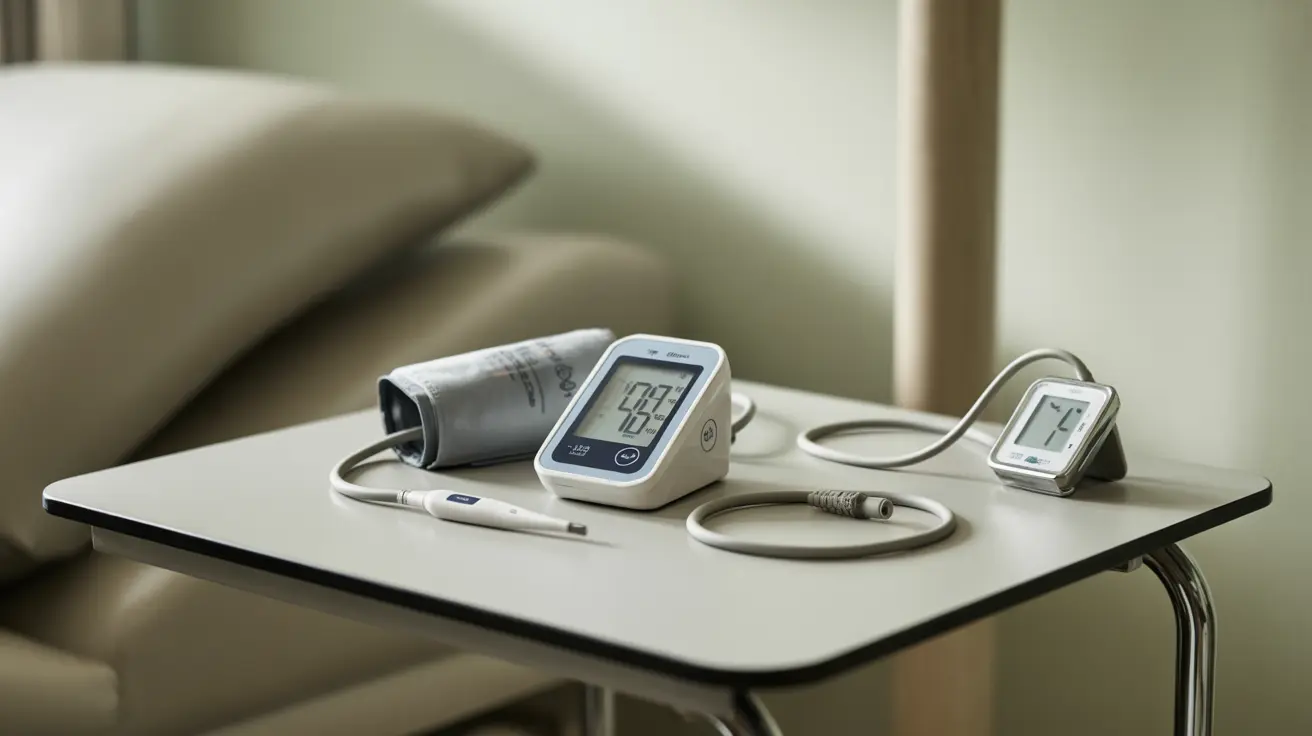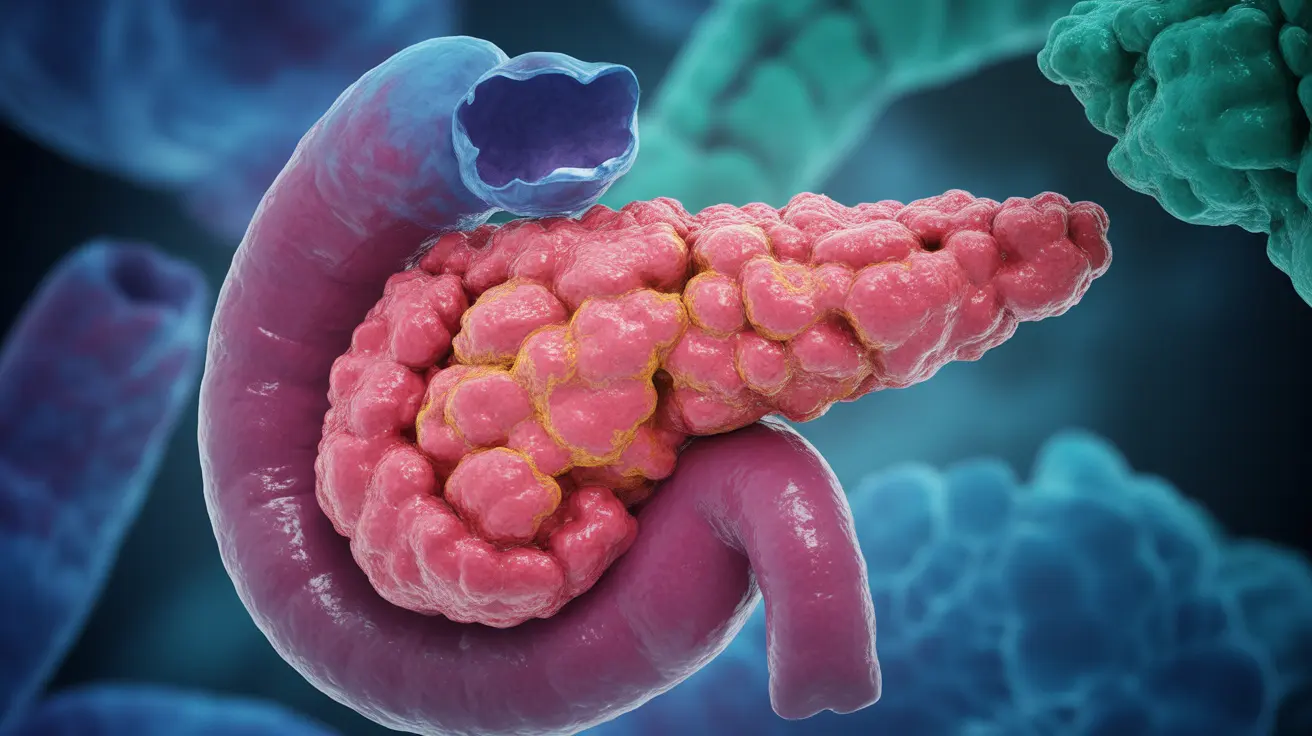Accurate diagnosis is crucial, as it guides effective management and treatment strategies. Understanding the types of allergies and their triggers can empower individuals to manage their symptoms proactively and improve their overall well-being. It's not just about relief but also about embracing a proactive approach to health.
Understanding Allergies
Allergies are a widespread health concern, characterized by an overzealous immune response to typically harmless substances known as allergens. Here's a deeper look into their nature:
Definition of an Allergy:
- An allergy is an immune system's hypersensitive reaction to foreign substances that are usually innocuous to most people.
- These reactions can range from mild to life-threatening.
Immune System Reaction to Allergens:
- Upon encountering an allergen, the immune system mistakenly identifies it as a threat and produces antibodies called Immunoglobulin E (IgE).
- These IgE antibodies trigger cells to release histamine and other chemicals, causing allergy symptoms.
Common Types of Allergens:
- Pollen: From trees, grasses, and weeds, pollen is a major cause of allergic rhinitis.
- Food: Nuts, shellfish, dairy, and eggs are among the most common food allergens.
- Drugs: Medications like penicillin can provoke allergic reactions in some individuals.
- Insects: Stings from bees or wasps, and bites from mosquitoes or bedbugs.
- Mold: Spores from mold can trigger respiratory or skin reactions.
- Animals: Dander, urine, and saliva from pets like cats and dogs can be potent allergens.
- Dust Mites: Microscopic organisms found in household dust.
Understanding allergies is the first step in managing them effectively. By identifying the allergen and how the body reacts, individuals can work with healthcare professionals to develop a plan to minimize exposure and treat symptoms.
Recognizing Allergy Symptoms
Recognizing the symptoms of allergies is essential for timely and effective management. Here's what to look out for:
Common Symptoms of Allergies:
- Respiratory: Sneezing, runny or stuffy nose, coughing, and shortness of breath.
- Skin: Itching, hives, eczema, and redness.
- Eyes: Red, itchy, watery eyes, often referred to as allergic conjunctivitis.
- Gastrointestinal: Nausea, vomiting, diarrhea, and abdominal pain, particularly with food allergies.
Differentiating Between Mild and Severe Symptoms:
- Mild symptoms typically include discomforts such as sneezing and itchy eyes, which do not interfere with daily activities.
- Severe symptoms may involve wheezing, difficulty breathing, or a significant rash, affecting one's ability to function normally.
Anaphylaxis: Recognizing a Severe Allergic Reaction:
- Anaphylaxis is a rapid, potentially fatal allergic reaction that requires immediate medical attention.
- Symptoms include a sudden drop in blood pressure, severe shortness of breath, swelling of the throat and tongue, and loss of consciousness.
- It's crucial to recognize these signs and administer an epinephrine auto-injector if available, followed by calling emergency services.
Understanding the spectrum of allergy symptoms enables individuals to respond appropriately—whether it's reaching for an antihistamine or seeking emergency care.
Who Gets Allergies?
Allergies can affect anyone, but certain factors may increase the likelihood of developing them:
Risk Factors for Developing Allergies:
- Family History: A strong predictor, with higher risks if one or both parents have allergies.
- Age: Children are more prone to develop allergies, though they can occur at any age.
- Previous Allergic Reactions: Those who have had one type of allergic reaction are at increased risk for developing others.
Hereditary Aspects of Allergies:
- Genetics play a significant role; specific genes can make individuals more susceptible to allergies.
- Heredity does not guarantee allergies but can predispose individuals to allergic conditions like asthma, eczema, and hay fever.
Environmental Influences on Allergy Development:
- Exposure to Allergens: High levels of exposure to potential allergens, like pet dander or pollen, can trigger sensitization.
- Hygiene Hypothesis: Limited exposure to infections during childhood may increase susceptibility to allergies by affecting immune system development.
- Pollution: Airborne pollutants can irritate the respiratory tract and augment allergic responses.
- Dietary Factors: Early exposure to a diverse range of foods may reduce the risk of food allergies.
Understanding who is at risk for allergies is crucial for early identification and management. While hereditary factors set the stage, environmental exposures play a critical role in the actual development of allergic diseases.
Diagnostic Laboratory Tests
Diagnostic laboratory tests are key in confirming allergies and identifying specific allergens:
Skin Prick Tests:
- Procedure: Small drops of potential allergens are placed on the skin, usually the forearm, and the skin is lightly pricked to introduce the allergen.
- Expectations: Within 15-20 minutes, a reaction such as a raised, red bump may indicate an allergy.
Blood Tests for Specific IgE Antibodies:
- Purpose: Measures the presence of allergen-specific IgE antibodies in the blood, indicating a sensitization to particular substances.
- Process: A blood sample is taken and analyzed for reactions to a panel of allergens.
Patch Tests for Contact Dermatitis:
- Application: Allergen-containing patches are applied to the skin, typically on the back, and left in place for 48 hours.
- Diagnosis: Skin is then checked for reactions, which can pinpoint allergens causing contact dermatitis.
Intradermal Testing:
- Sensitivity: More sensitive than skin prick tests, involving injecting a small amount of allergen into the dermis of the skin.
- Usage: Often used when skin prick test results are inconclusive or for detecting allergies to insect venom or certain drugs.
These tests, conducted under medical supervision, help to map out a person’s allergic profile, guiding towards targeted management and avoidance strategies.
Interpreting Test Results
Interpreting the results of allergy tests is a nuanced process that requires professional expertise:
Understanding Positive and Negative Reactions:
- A positive reaction typically presents as a raised, red bump on the skin during a skin test, similar to a mosquito bite, indicating a possible allergy.
- A negative reaction usually means no significant redness or swelling, suggesting no allergy to the tested substance.
The Concept of False Positives and Negatives:
- False Positives: Occur when a test suggests an allergy when there is none, possibly due to cross-reactivity with other substances.
- False Negatives: Happen when the test fails to detect an allergy that is present, which can occur if antihistamines or other medications are interfering with the test results.
The Role of an Allergist in Interpreting Results:
- Allergists consider test results alongside medical history and symptom reports to make a diagnosis.
- They can discern between clinically significant reactions and those that won't cause symptoms in everyday life.
- In cases of ambiguous results, allergists may recommend additional testing or an in-office controlled allergen exposure.
A comprehensive evaluation by an allergist is crucial to accurately diagnose allergies and develop an effective treatment plan, ensuring that the results lead to meaningful improvements in managing allergic reactions.
Additional Diagnostic Methods
Beyond standard tests, additional methods can provide further insight into allergies, particularly food-related ones:
Elimination Diets for Food Allergies:
- Process: Involves removing suspected allergens from the diet for a period, then reintroducing them one at a time to observe potential reactions.
- Purpose: To identify specific foods that trigger symptoms, guided by a healthcare professional to ensure nutritional needs are met.
Oral Food Challenges Under Medical Supervision:
- Procedure: The gold standard for diagnosing food allergies, this test involves consuming the food in a controlled setting with medical staff on hand.
- Safety: Carried out in a clinic or hospital where immediate treatment for reactions is available.
Component-Resolved Diagnostics:
Technology: Uses advanced techniques to identify specific protein components within an allergen that trigger the immune response.
Precision: Helps distinguish between true allergies and cross-reactions, particularly in complex cases like nut allergies.
These diagnostic methods are invaluable for clarifying uncertain cases and guiding dietary management. They should always be performed under the guidance of an allergy specialist to ensure safety and accuracy.
Treatment Options Post-Diagnosis
Once allergies are diagnosed, a range of treatments can help manage symptoms and improve quality of life:
Overview of Allergy Treatments:
- Antihistamines: Medications that alleviate sneezing, itching, and runny nose by blocking histamine action.
- Decongestants: Provide temporary relief from nasal stuffiness.
- Nasal Corticosteroids: Sprays designed to reduce inflammation and treat nasal symptoms of allergies.
- Immunotherapy: Allergy shots or sublingual tablets that can desensitize the immune system to specific allergens over time.
Importance of Allergen Avoidance:
- Identifying and avoiding triggers is a cornerstone of allergy management.
- Strategies include using air filters, hypoallergenic bedding, and avoiding certain foods or environments.
Emergency Treatments for Severe Reactions:
- Epinephrine: An auto-injectable medication that is the first line of treatment for anaphylaxis, capable of reversing symptoms quickly.
- Emergency Action Plan: Individuals with severe allergies should have a plan in place and wear medical alert jewelry.
Treatment plans are highly individualized and should be developed with an allergist. Regular follow-ups can help adjust the treatment as needed and ensure that allergies are kept under control.
Living with Allergies
Living with allergies requires daily vigilance and strategic management to minimize symptoms and maintain a high quality of life:
Daily Management Strategies for Allergy Sufferers:
- Keep a symptom diary to track triggers and reactions.
- Stay informed about pollen or mold counts and plan activities accordingly.
- Regularly clean living spaces to reduce allergen exposure.
Creating an Allergy-Safe Environment:
- Use allergen-proof covers for mattresses and pillows to deter dust mites.
- Opt for hardwood floors over carpets, which can harbor allergens.
- Install high-efficiency particulate air (HEPA) filters in HVAC systems.
Coping with Allergies in Social and Work Situations:
- Communicate dietary restrictions clearly when dining out or attending social events.
- Keep medication accessible at all times, including at the workplace.
- Work with employers to modify the work environment if necessary, such as removing plants that may trigger pollen allergies.
By implementing these strategies, individuals with allergies can reduce their exposure to allergens and manage their symptoms more effectively. It's also important to educate friends, family, and coworkers about the seriousness of allergies to ensure supportive and safe environments both at home and work.
If you suspect you have allergies, don't wait. Seek testing to confirm your triggers. Testing is a critical step towards a life with fewer symptoms and disruptions.




